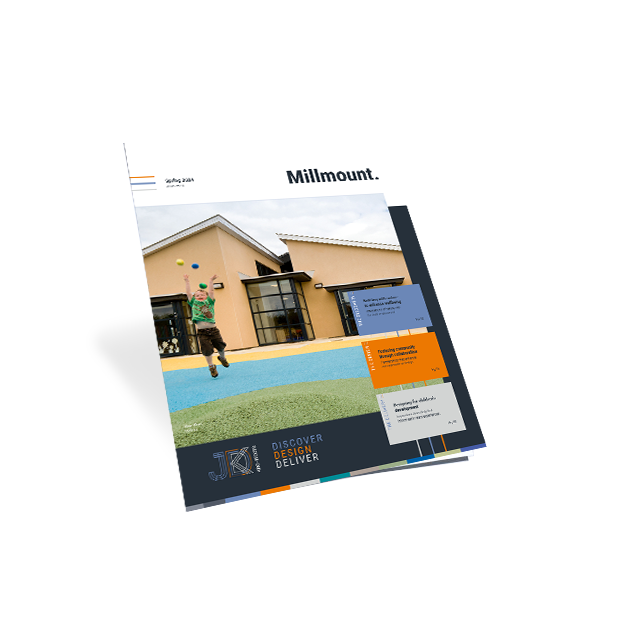St Oswald’s Goes Green
With completion of the new £2.8m Day Services Centre at Newcastle’s St Oswald’s Hospice now just weeks away, visitors and staff have been getting their first glimpse into the three storey Centre.
Although designed by Newcastle architects, Jane Darbyshire and David Kendall (JDDK) Ltd, who have been responsible for previous phases of the hospice, the building is a marked contrast to the existing single storey hospice buildings and a response to the surrounding environment, dominated by Northern Rock’s four and five storey regional offices.
The building has also been designed on sustainable principles, as JDDK Project architect, Stuart Franklin, explained, “Whilst the popular view of sustainable buildings is one using recycled materials and alternate energy sources, here we have common sense design minimising solar gain via the introduction of balconies and horizontal louvres while also minimising the effect on the existing landscape through the application of contextual materials used in a contemporary way.”
“The Centre has been located very carefully to preserve the existing mature trees and orientated to maximise views onto the external gardens. The design is based around a central atrium providing natural light and ventilation into the heart of the building – the stack effect draws in outside air into the ground floor and up throughout the building so that there is no need for mechanical air conditioning.”
“The design is very contemporary with external cedar bris-soleil panels providing shielding from the high summer sun and acting as privacy screens to users on the balconies overlooking the external courtyard. Louvre vents to the windows aid natural ventilation throughout the building. Rainwater is harvested for flushing toilets and provides irrigation for the landscaping, whilst thermal solar panels on the roof provide a great deal of the building’s hot water assisted by a high efficiency gas boiler feeding an underfloor heating system to the atrium and traditional wall mounted radiators to the various treatment rooms.”
“Energy use is further reduced by motion sensors to all rooms which control lighting with passive light control to common areas which turn off artificial light once a preset level is reached.”
“However, the main design principle of the building is to provide a patient-based environment which will ensure the privacy and dignity of patients whilst reducing waiting times and creating more spacious and tranquil surroundings in keeping with the hospice environment. The core outcome will be improved quality of life for patients and staff.”
